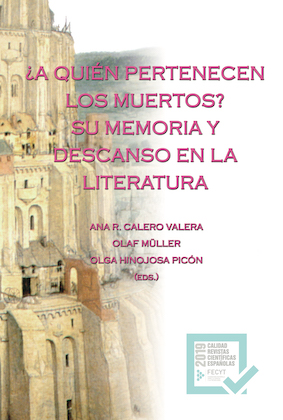Embodying the Memory of the Silenced Dead in Herta Müller’s Herztier and Atemschaukel
DOI:
https://doi.org/10.7203/qdfed.24.16344Keywords:
Herta Müller, Herztier, Atemschaukel, dead, memory, body Abstract
Abstract
This article focuses on the representation of the silenced dead in Herta Müller’s Herztier and Atemschaukel. The starting point is the hypothesis that the figure of the dead serves Müller to claim the importance, according to Thomas W. Laqueur’s assumptions, of “the work of the dead”, for the collective memory of the German-Romanian community of Banat and Romania as a whole. In both novels three key elements of the representation of the memory of the dead in dictatorial and post-dictatorial Romania are analyzed: the precise way of dying, the corporeality of the dead and their relationship with objects, and, finally, the ghostly presence of the dead among the living either through objects or in the form of a dream. The presence of the dead amongst the living in Müller’s universe is not comforting, but difficult, ghostly, and disturbing.
 Downloads
Downloads
Downloads
Published
How to Cite
-
Abstract591
-
PDF (Español)707
Issue
Section
License
 Este obra está bajo una licencia de Creative Commons Reconocimiento-NoComercial-SinObraDerivada 4.0 Internacional.
Este obra está bajo una licencia de Creative Commons Reconocimiento-NoComercial-SinObraDerivada 4.0 Internacional.
Authors who publish with this journal agree to the following terms:
- Authors retain copyright and grant the journal right of first publication with the work simultaneously licensed under a Creative Commons Attribution License that allows others to share the work with an acknowledgement of the work's authorship and initial publication in this journal.
- Authors are able to enter into separate, additional contractual arrangements for the non-exclusive distribution of the journal's published version of the work (e.g., post it to an institutional repository or publish it in a book), with an acknowledgement of its initial publication in this journal.
- Authors are permitted and encouraged to post their work online (e.g., in institutional repositories or on their website) prior to and during the submission process, as it can lead to productive exchanges, as well as earlier and greater citation of published work (See The Effect of Open Access).



